Why we ran it: To see whether the Volkswagen ID 3 electric family hatchback has the versatility to be the new people’s car
Month 5 - Month 4 - Month 3 - Month 2 - Month 1 - Prices and specs
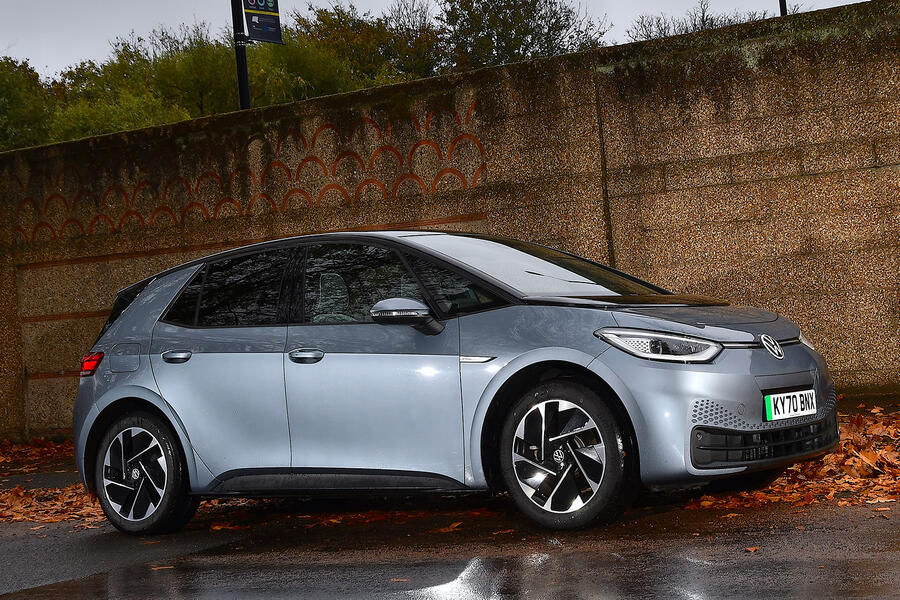
Life with an ID 3: Month 5
Has VW’s battery-powered successor to the Golf hit the ground running, or is there work still to do? The verdict is in - 25 May
If I’ve learned anything from watching Bridgerton on Netflix, it’s that as far as British nobility is concerned, duty comes first. And when titles are passed on to the next family member in the line of succession, the new lord of the manor has to take those duties seriously, with any failure to do so resulting in scandal and possible ostracism.
Volkswagen has had its share of scandal over the past few years, but it has survived and is moving swiftly into the electric era with the likes of the ID 3. The ID 3’s duty is eventually to take over from the Golf as the brand’s mainstay family car, replacing conventional thinking with electric power and a mildly futuristic approach. Volkswagen may have some funny ideas about what constitutes progress, as we’ll see, but for the most part the ID 3 is shaping up to be a worthy Golf successor.
Over the past six months, the Family-spec ID 3 that I’ve been running (the car isn’t available at the moment due to supply issues) has demonstrated that it can deliver many of the things that are important to drivers of EVs and family cars alike – including a respectable range, quick charging times, practicality and sensible running costs.
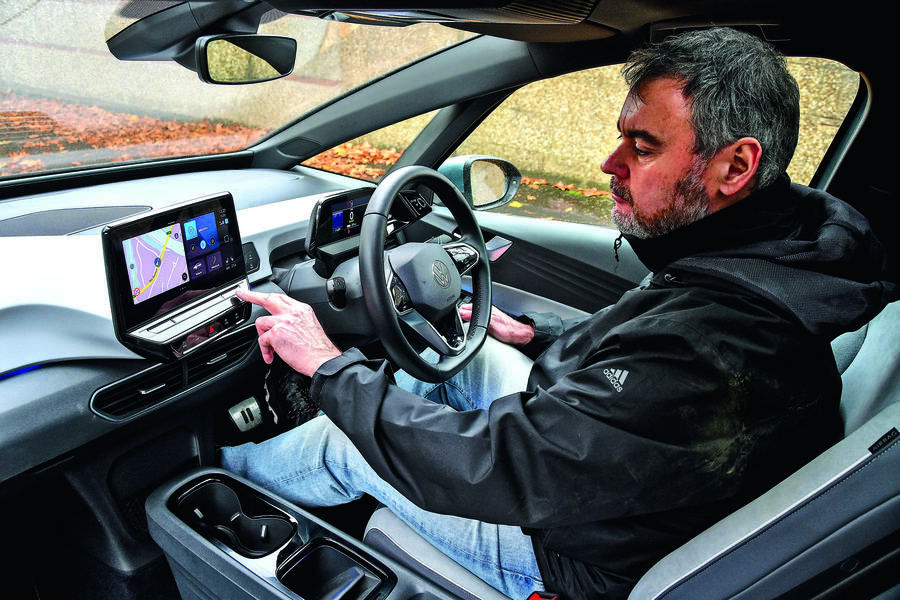

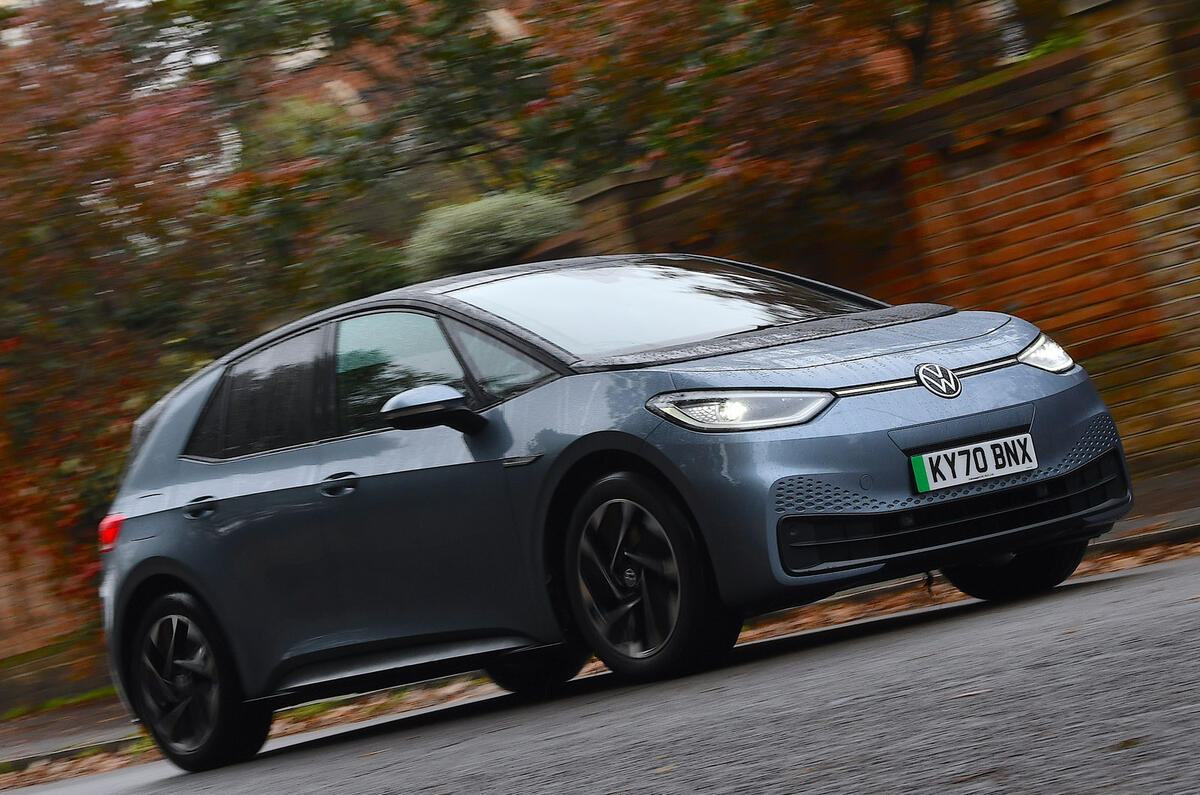
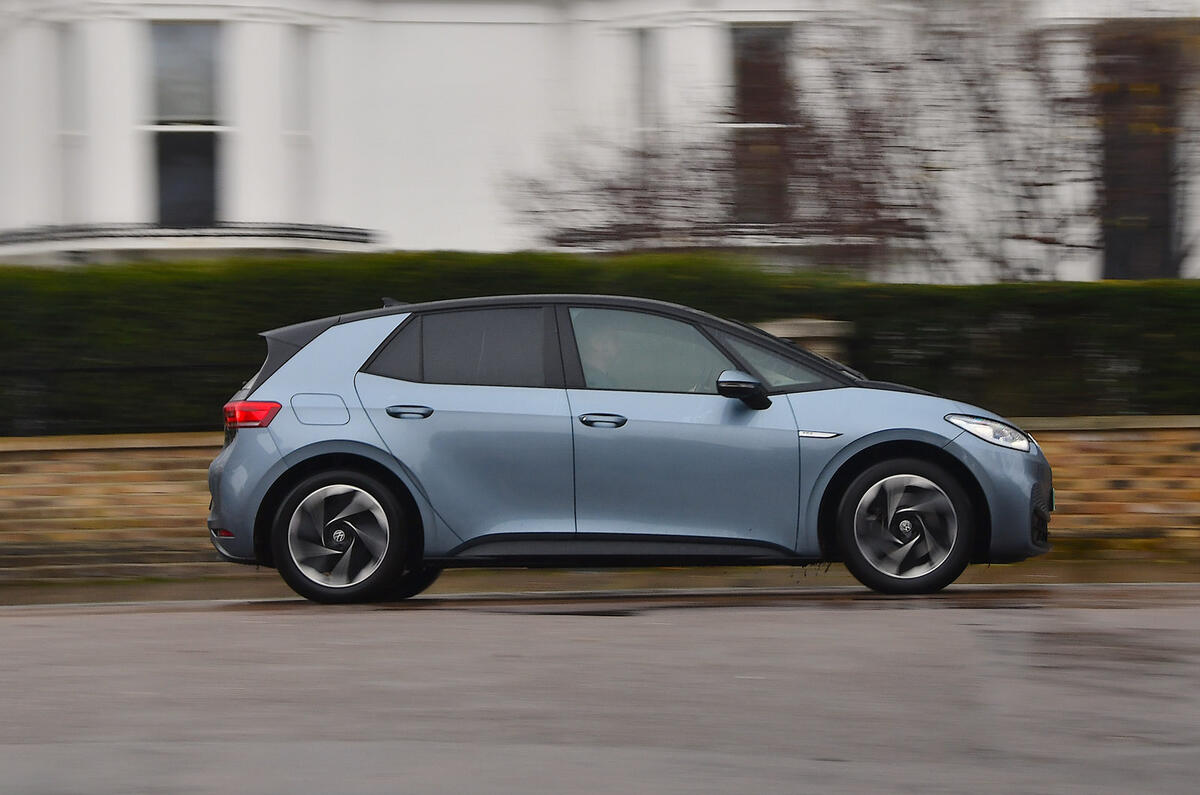
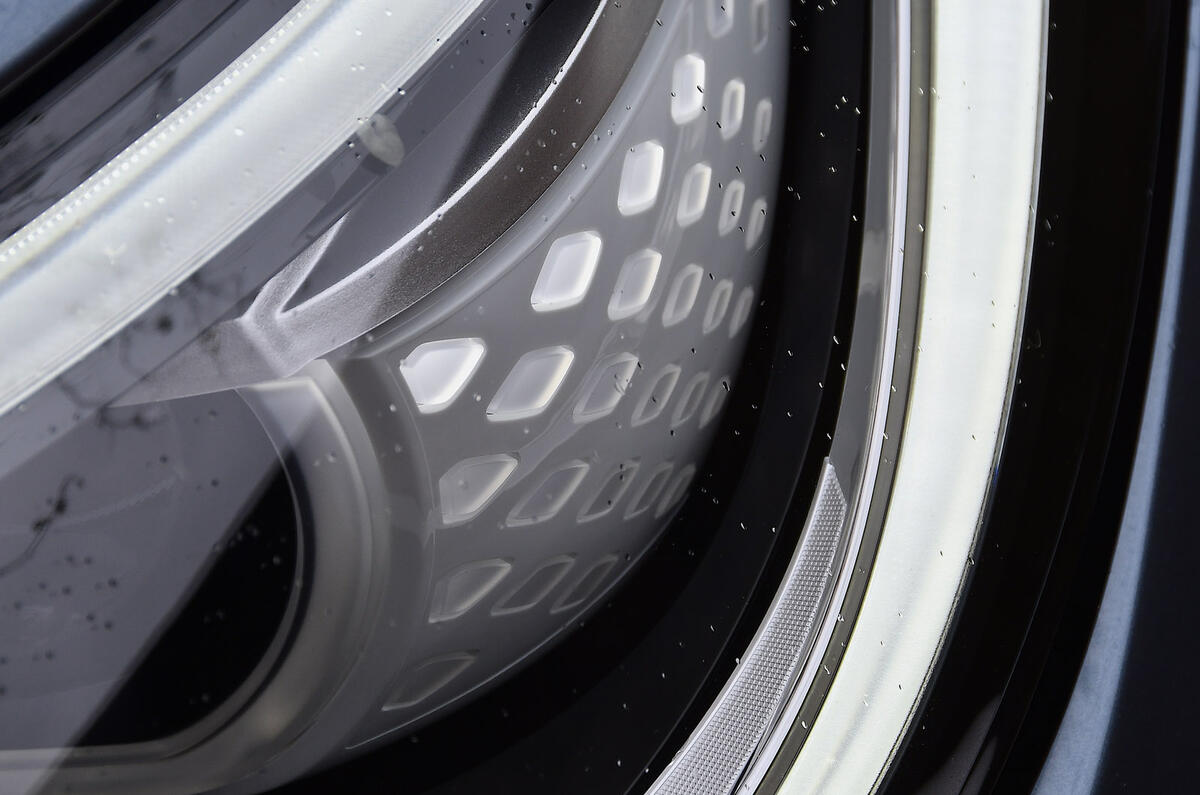
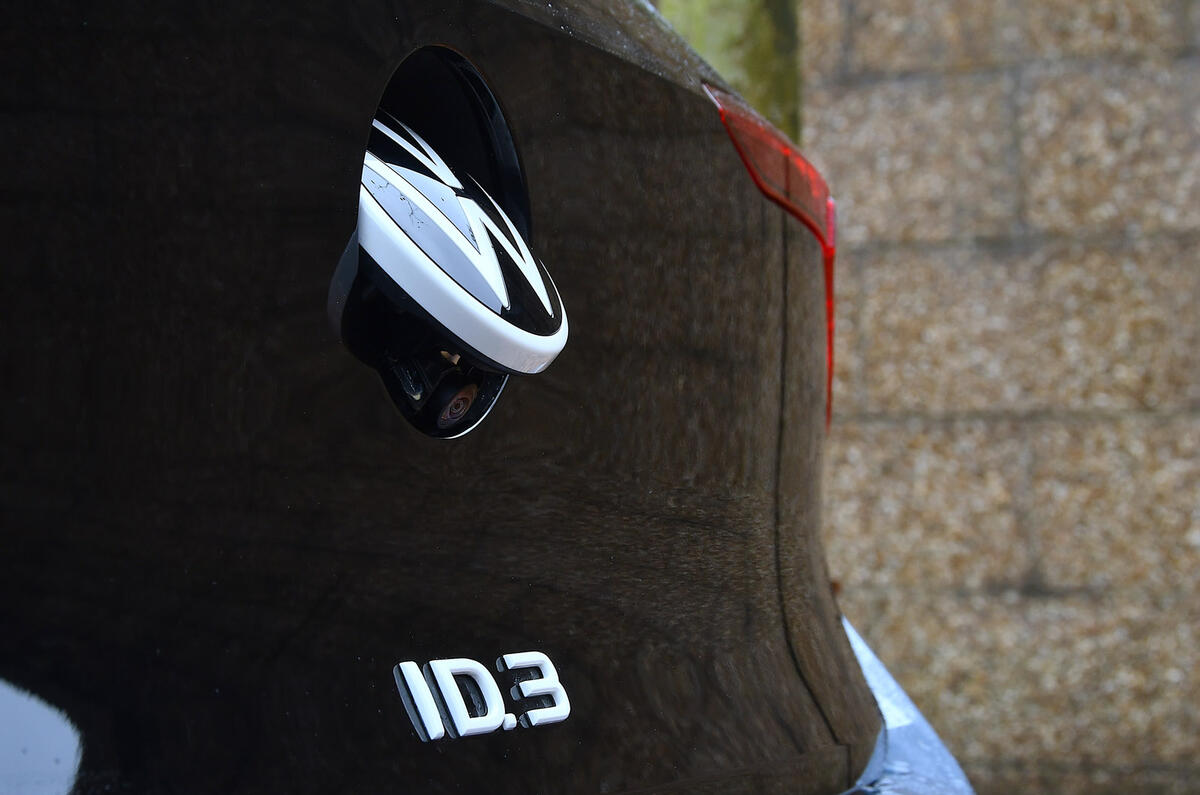
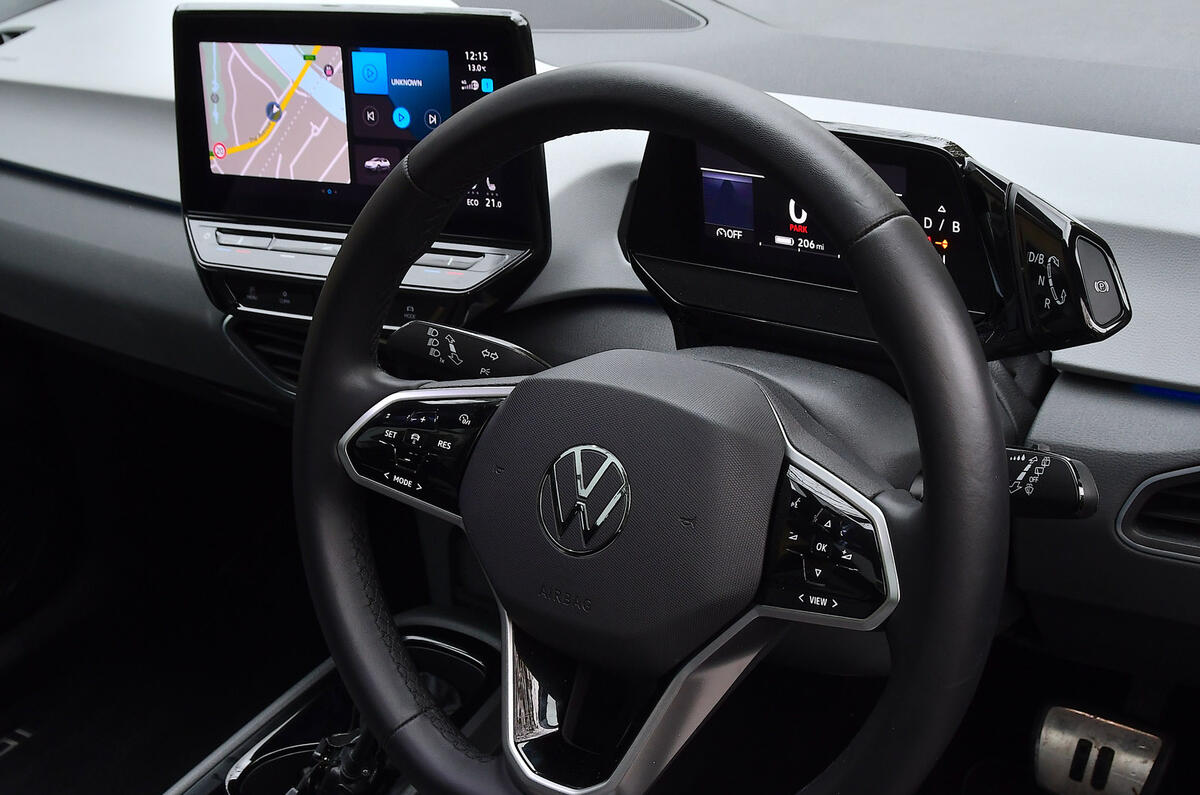
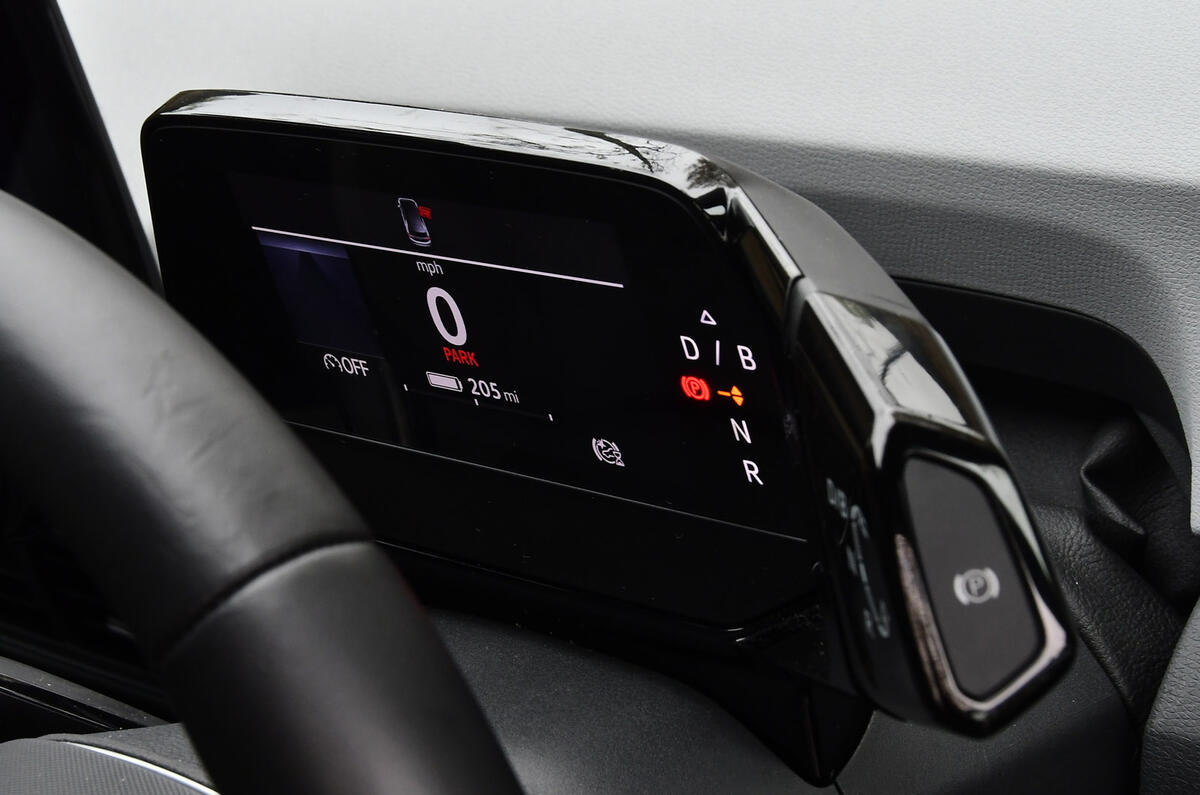
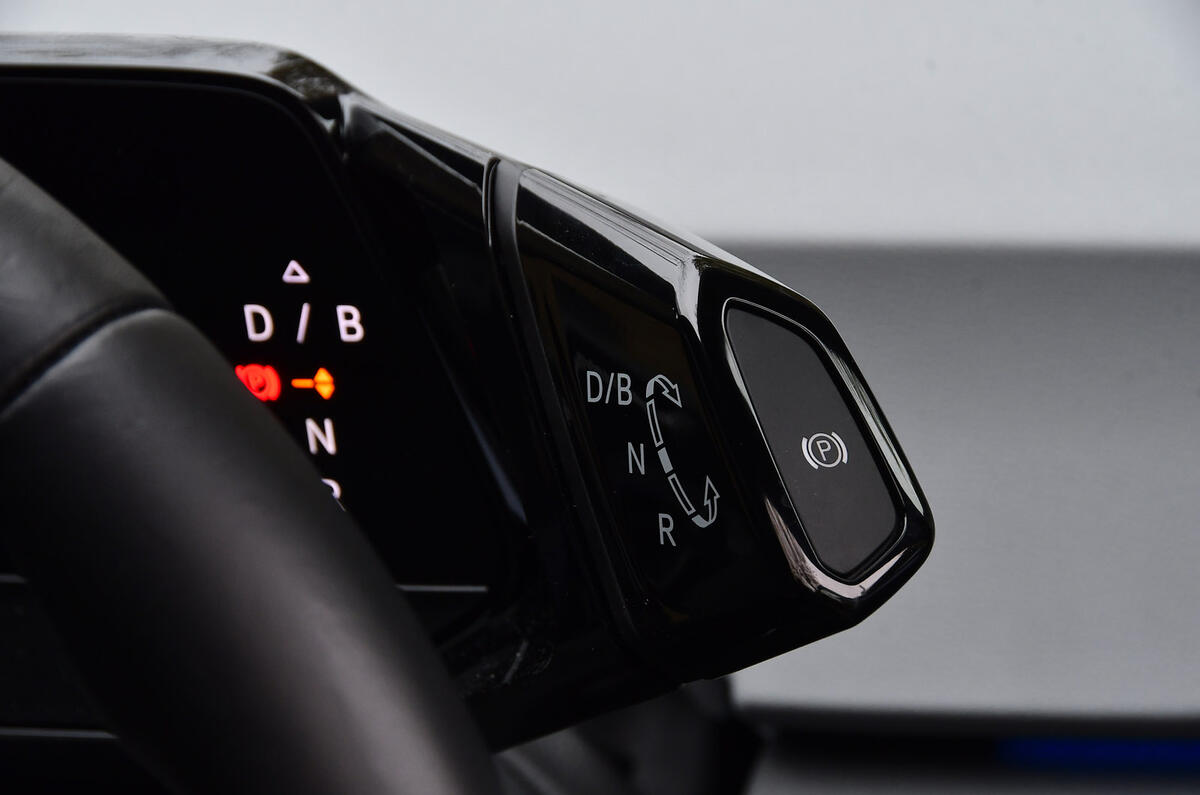
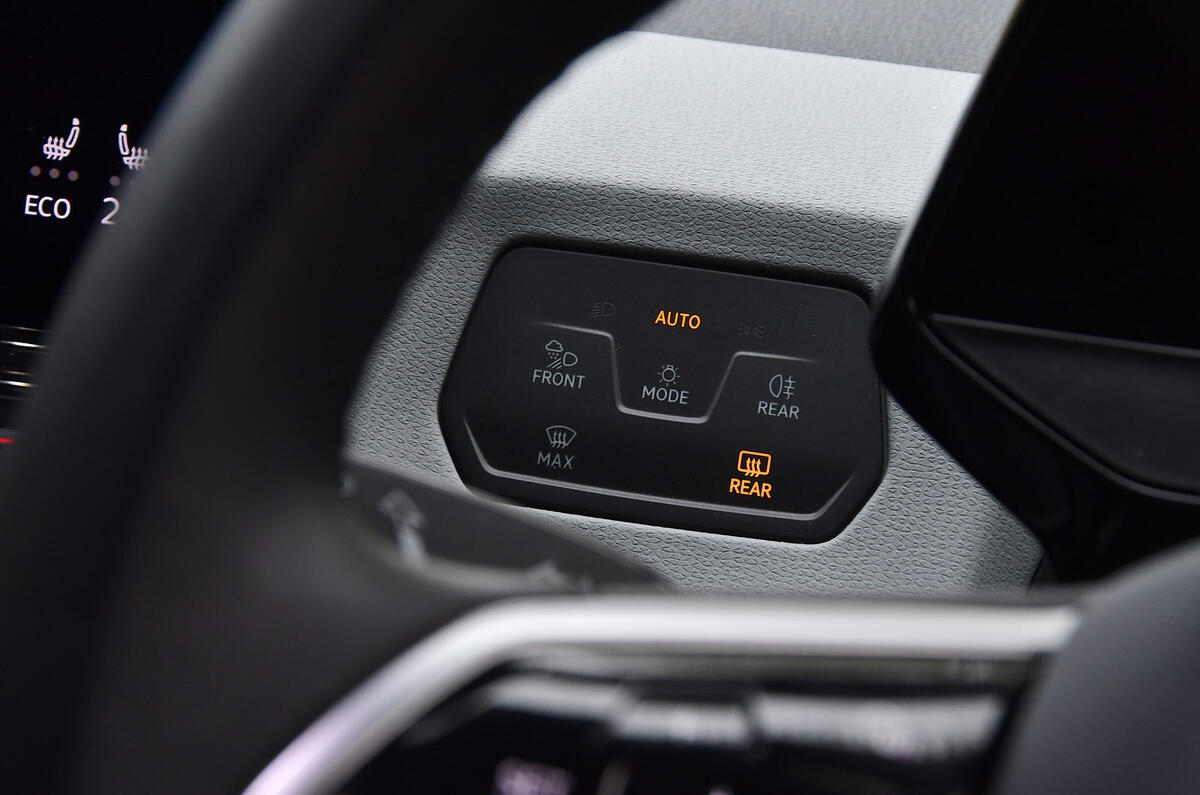
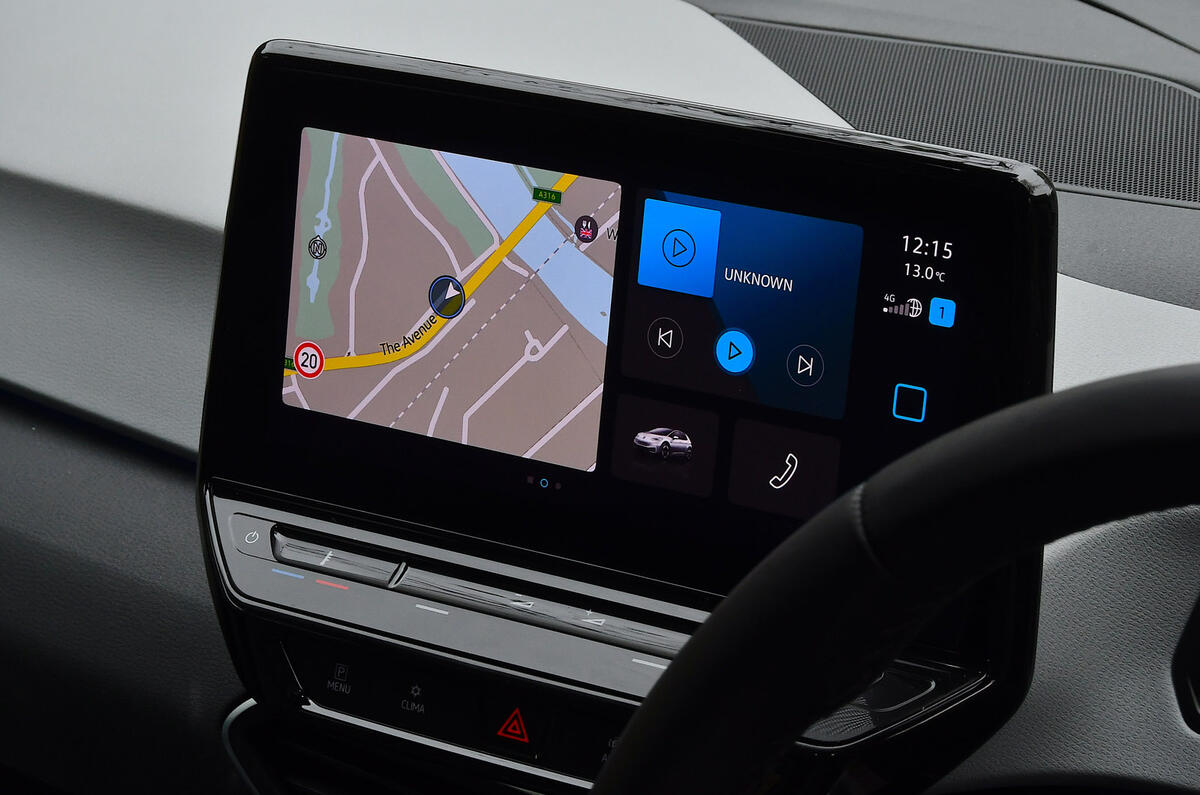

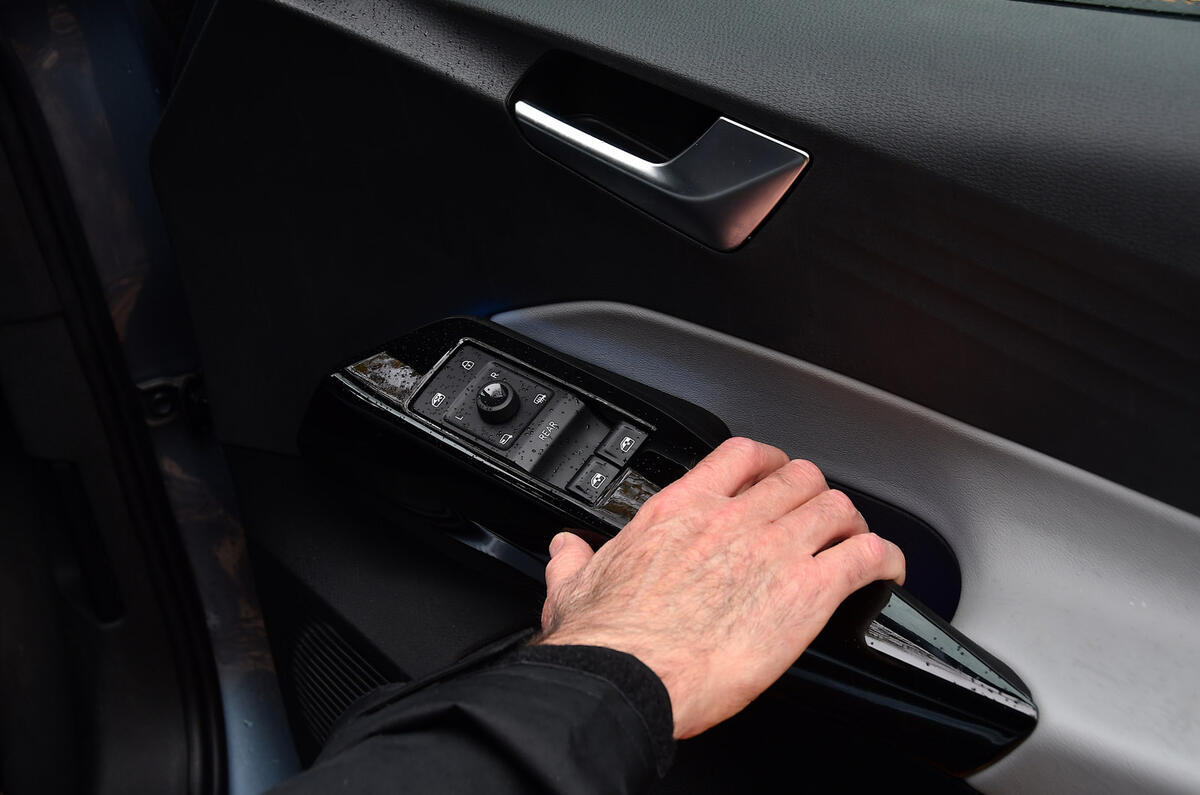
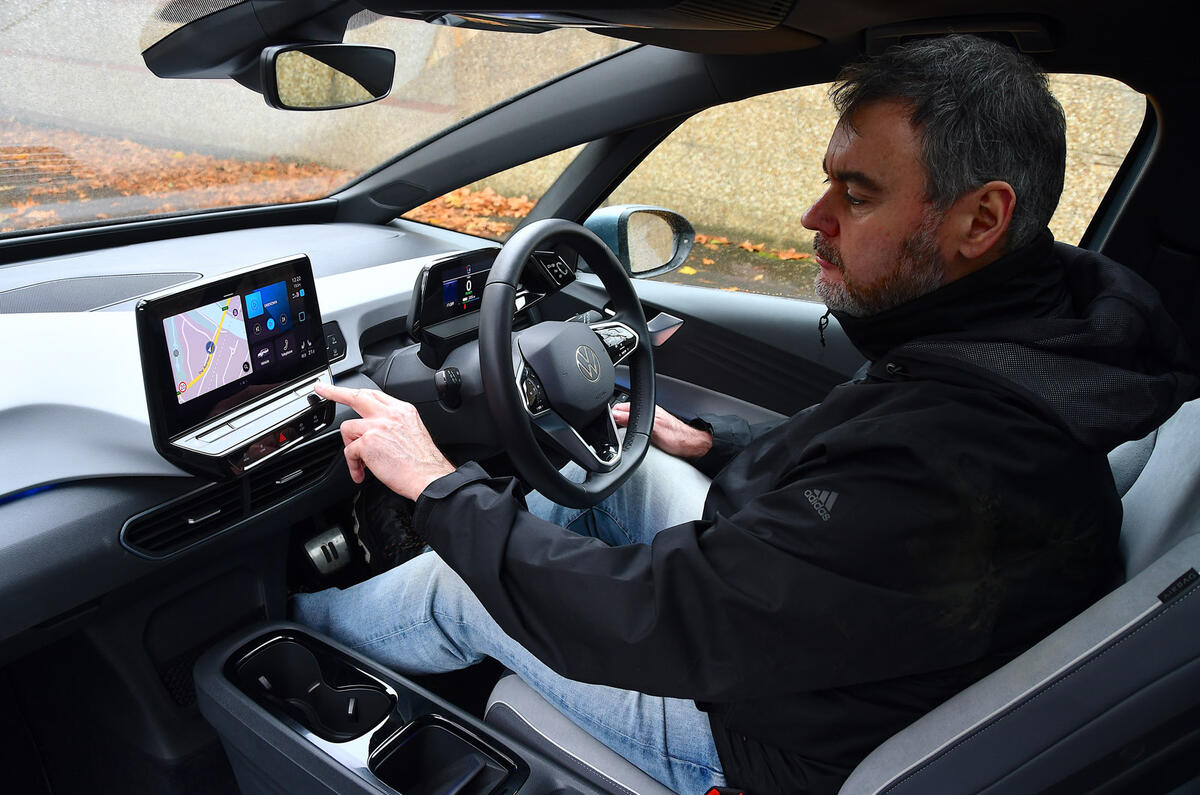
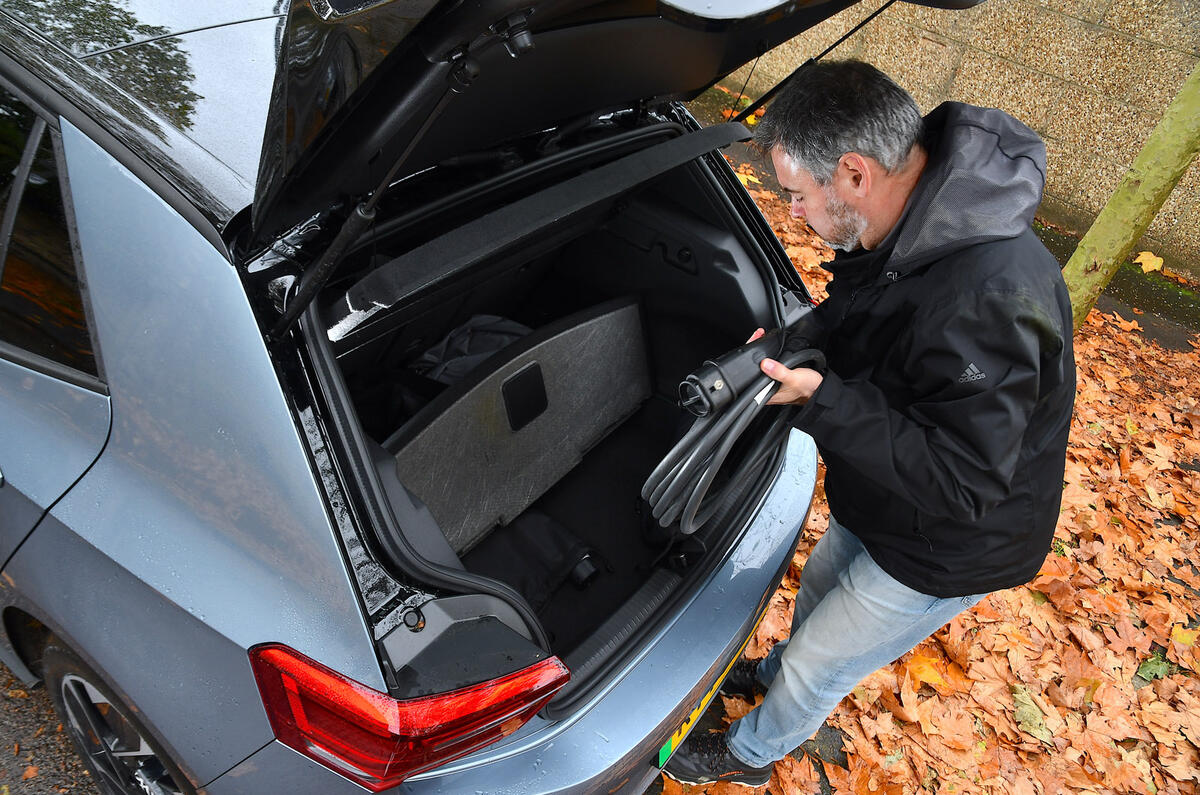
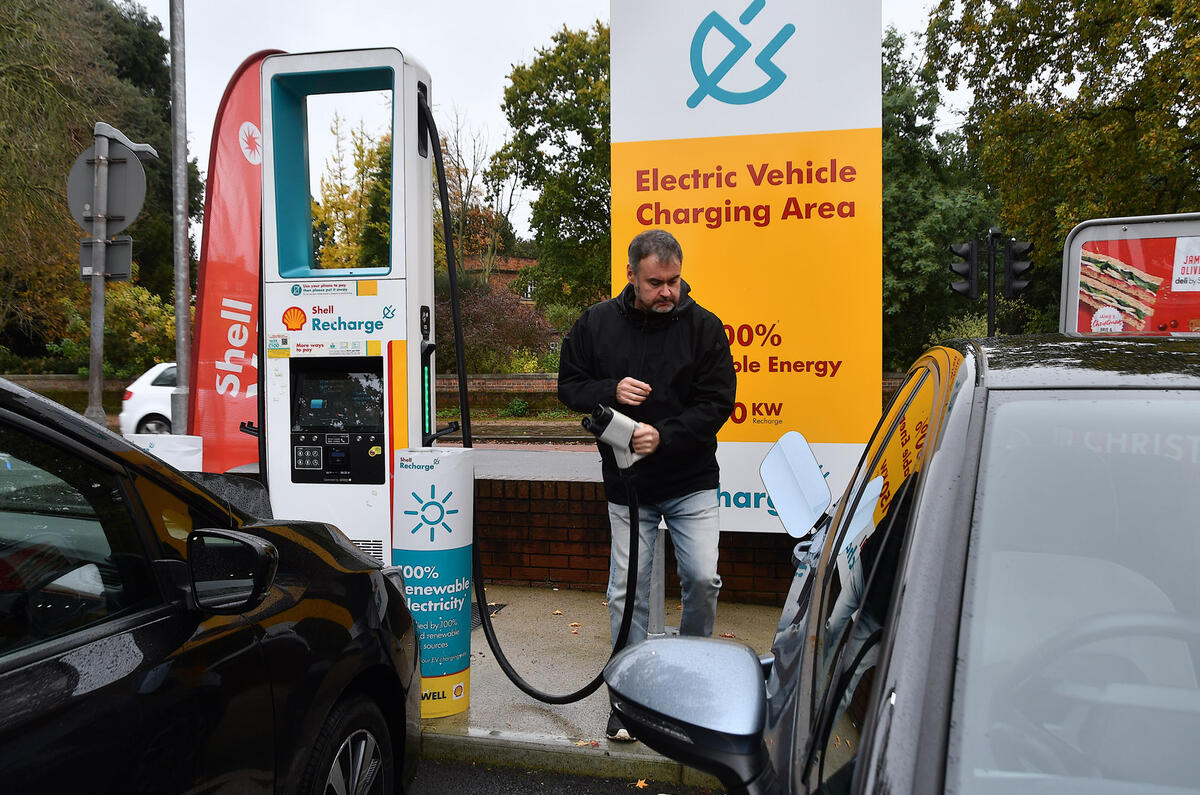
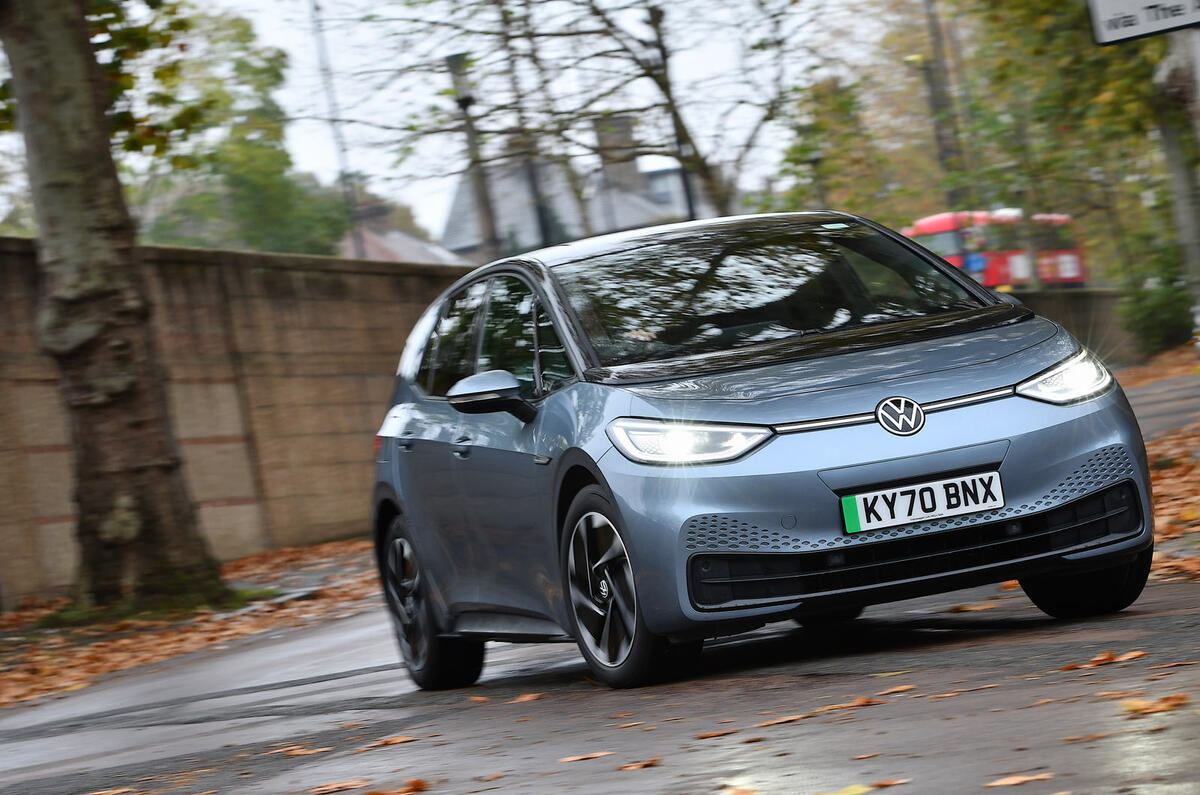
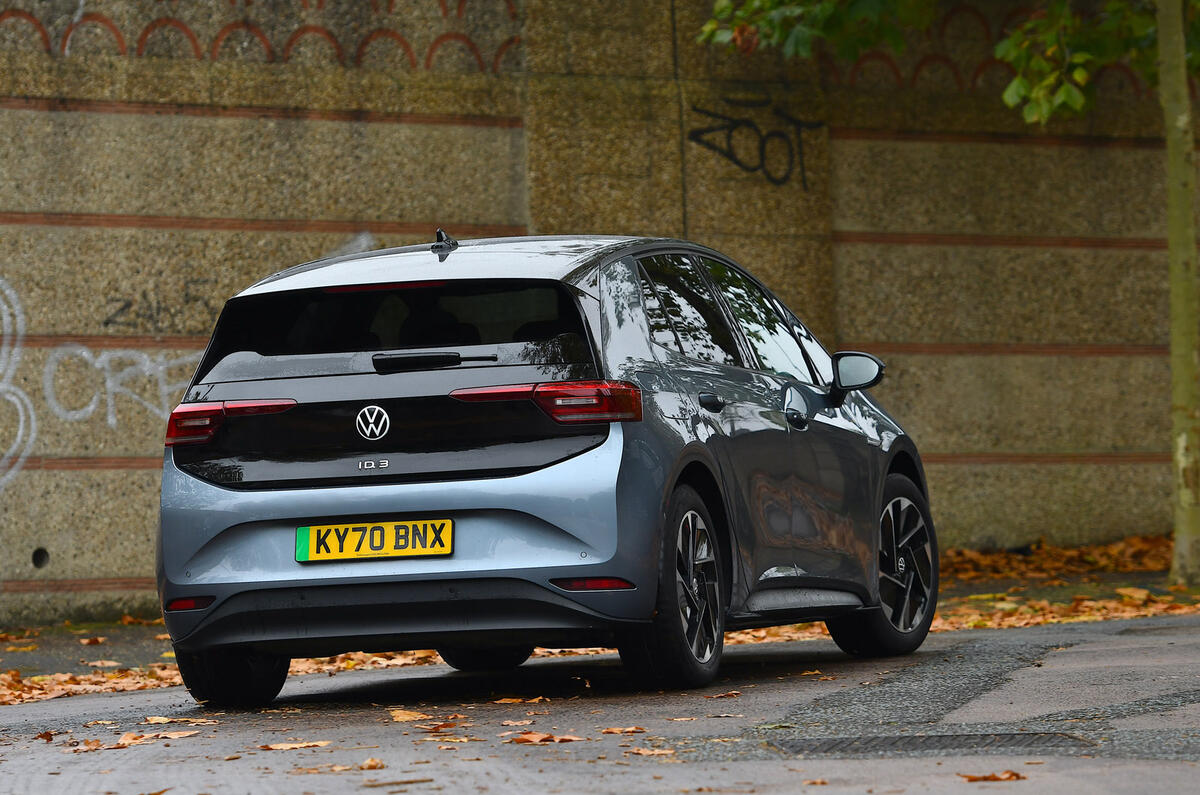
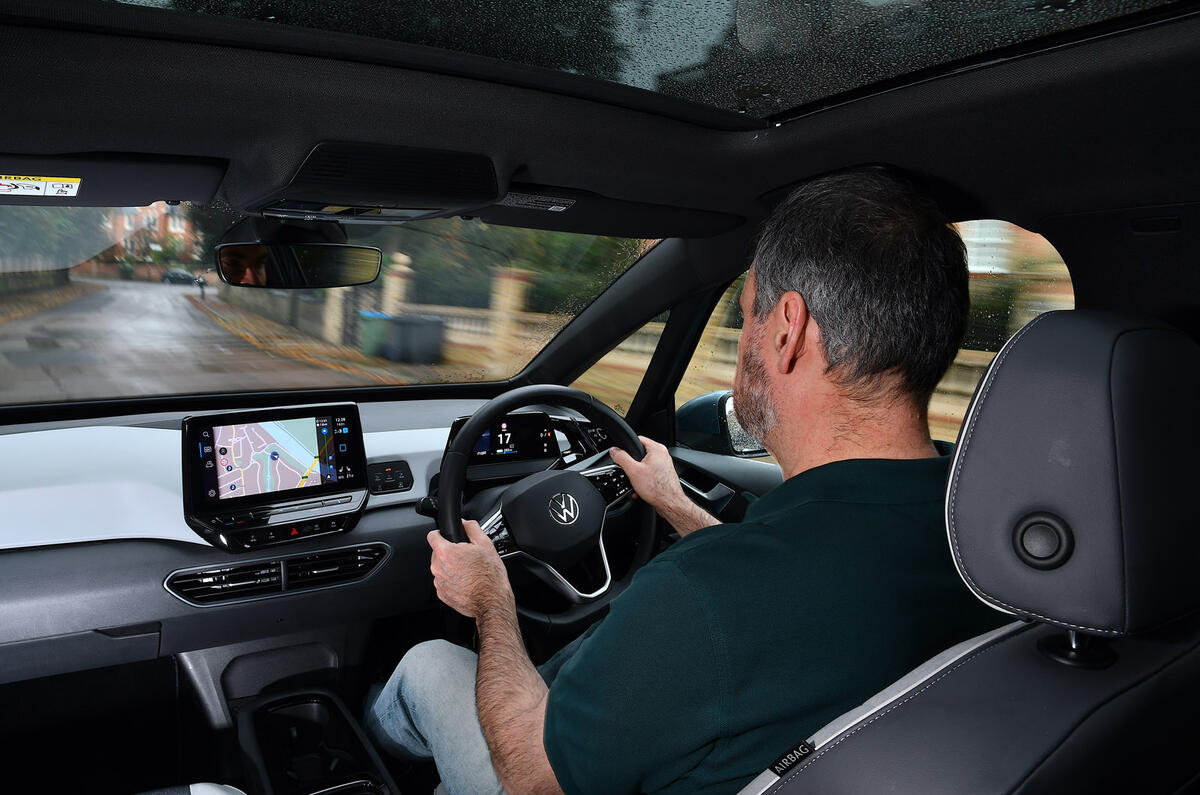
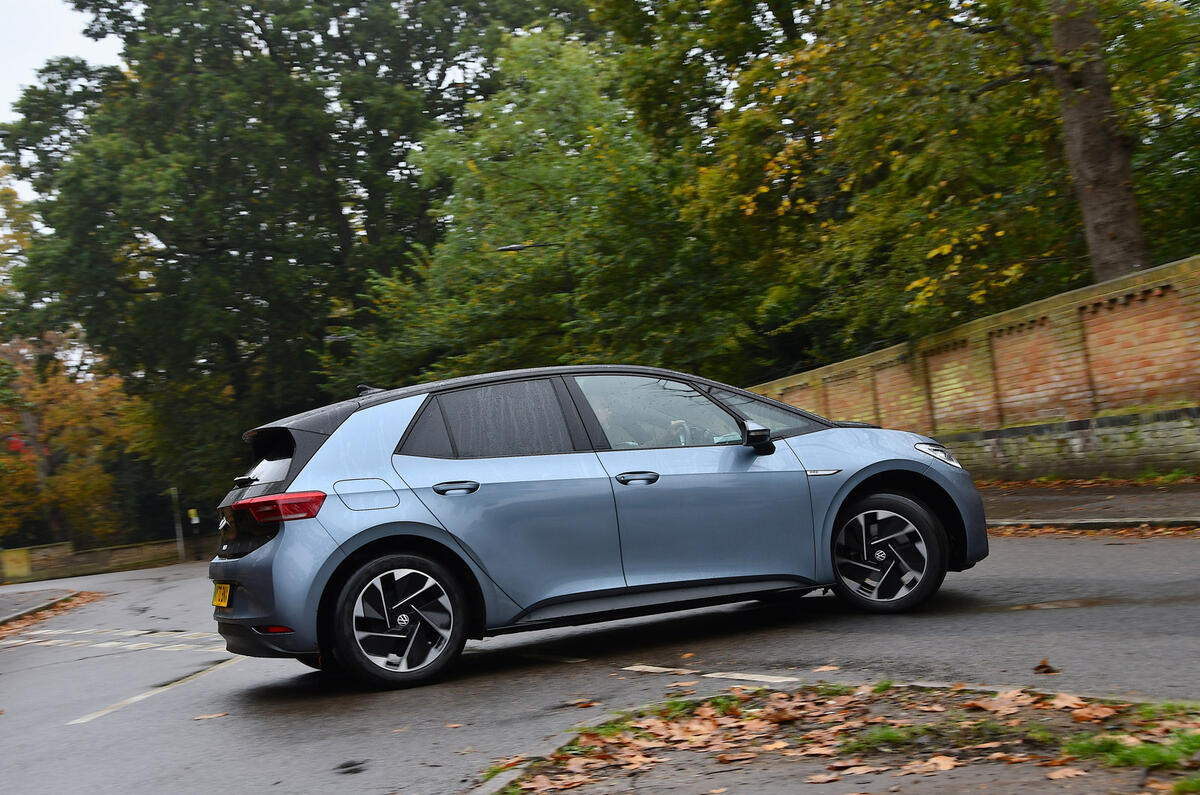
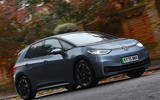
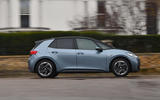
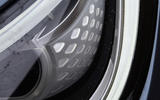
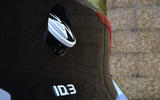
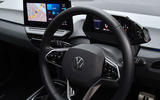
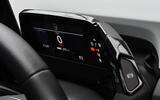
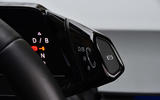
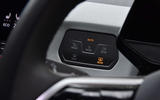
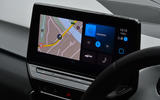
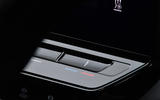

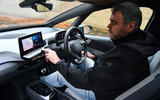



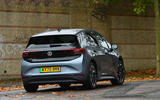
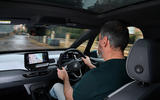
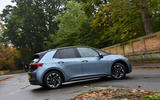

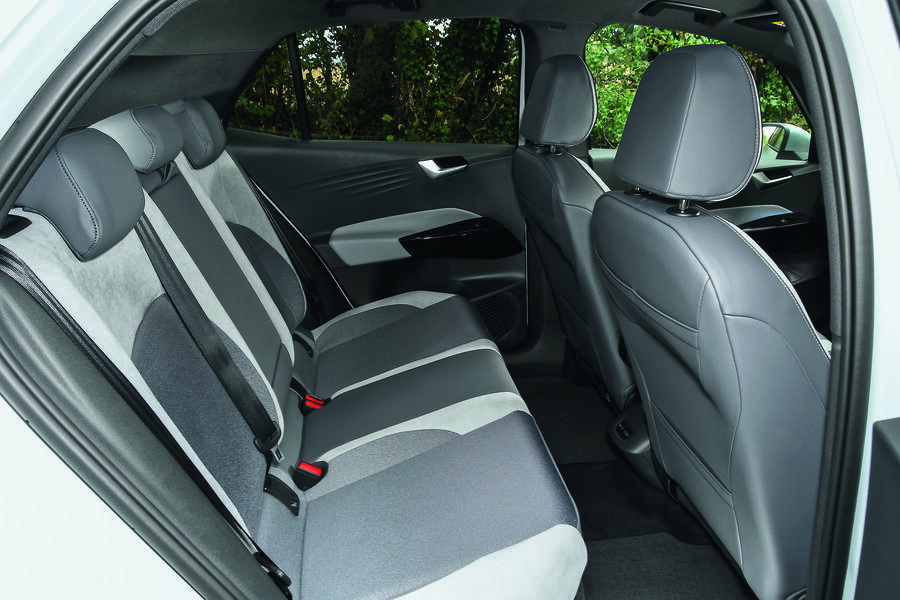
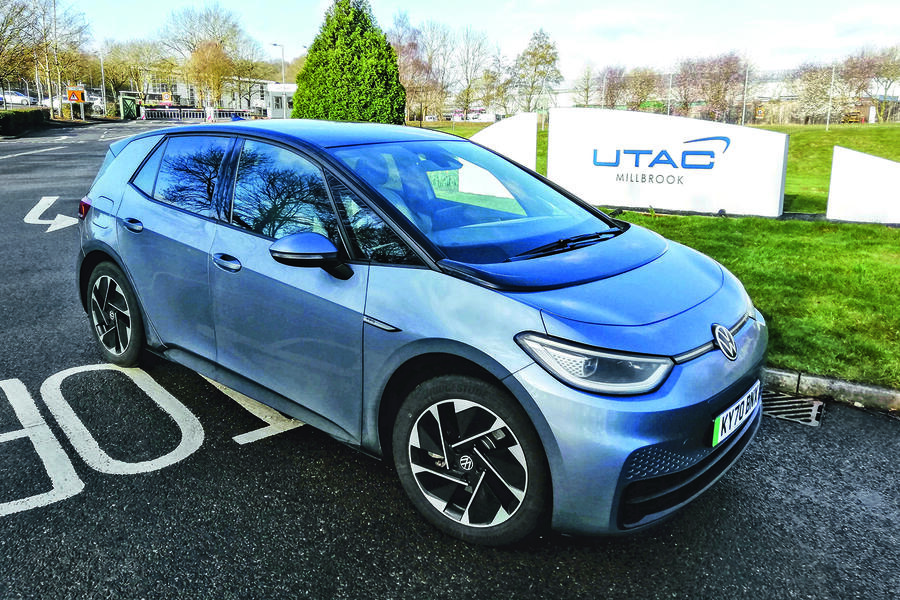
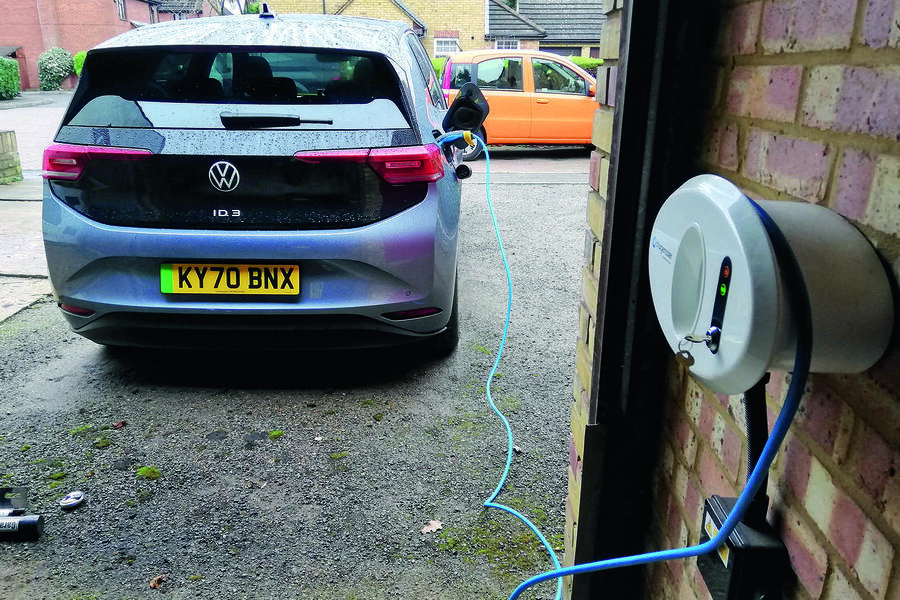
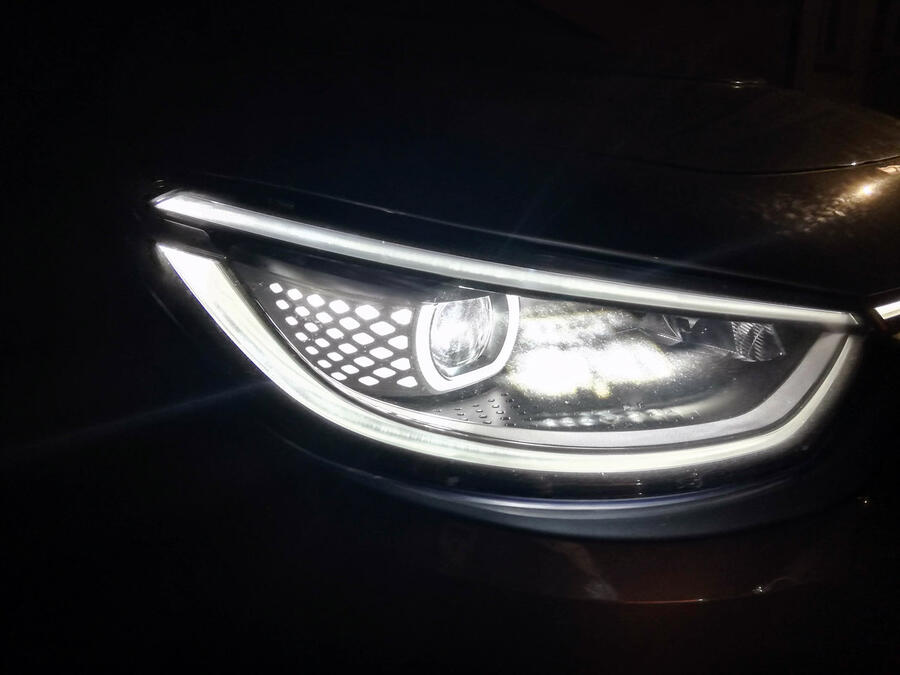
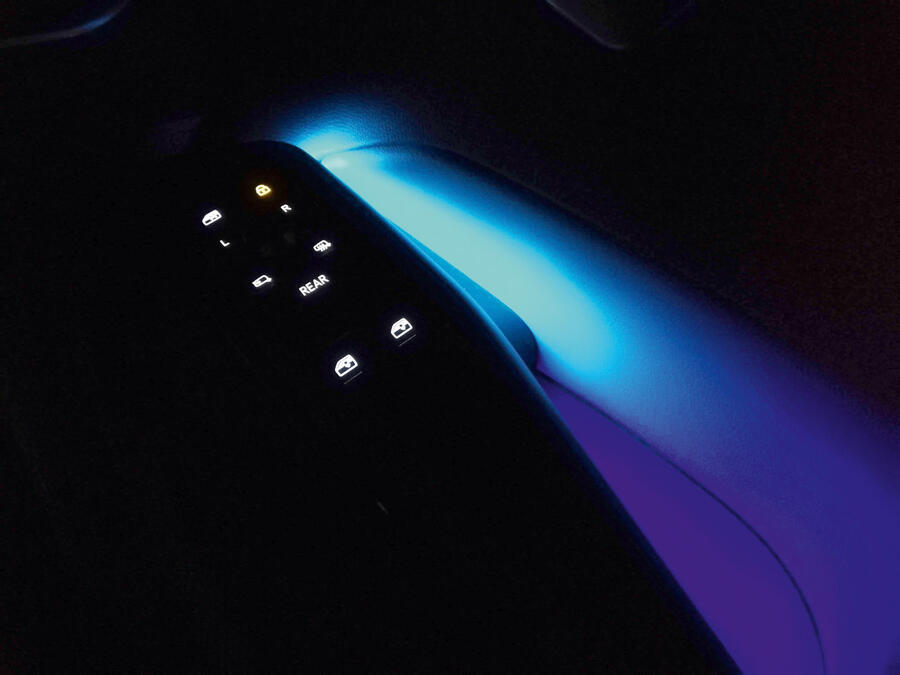
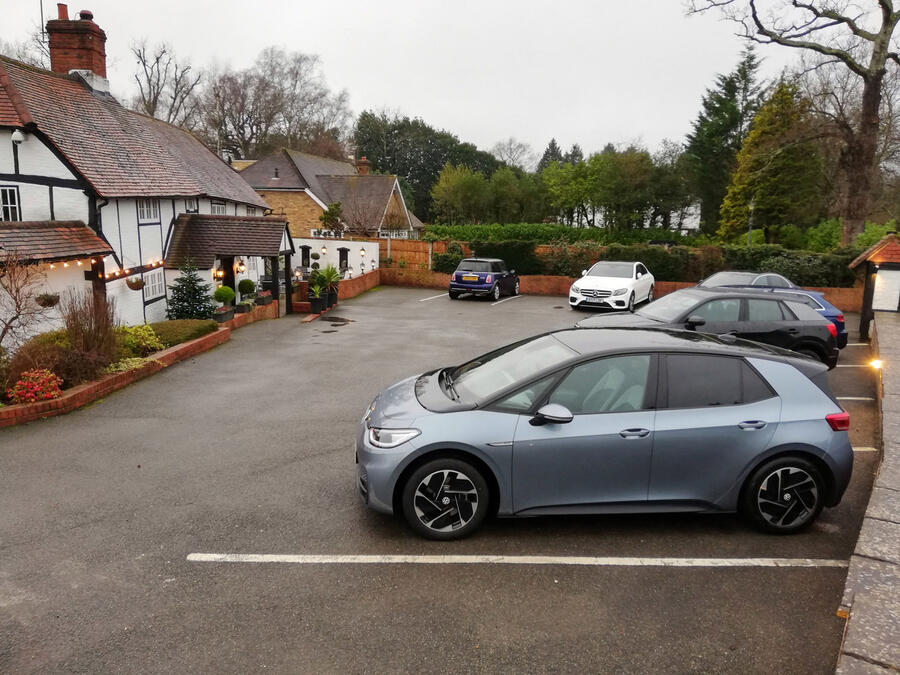
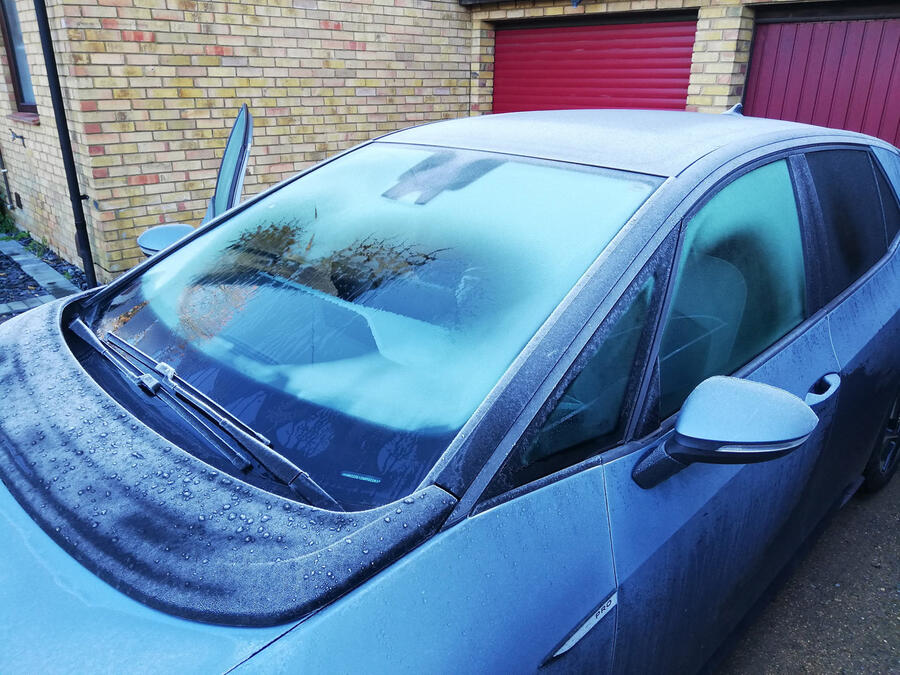
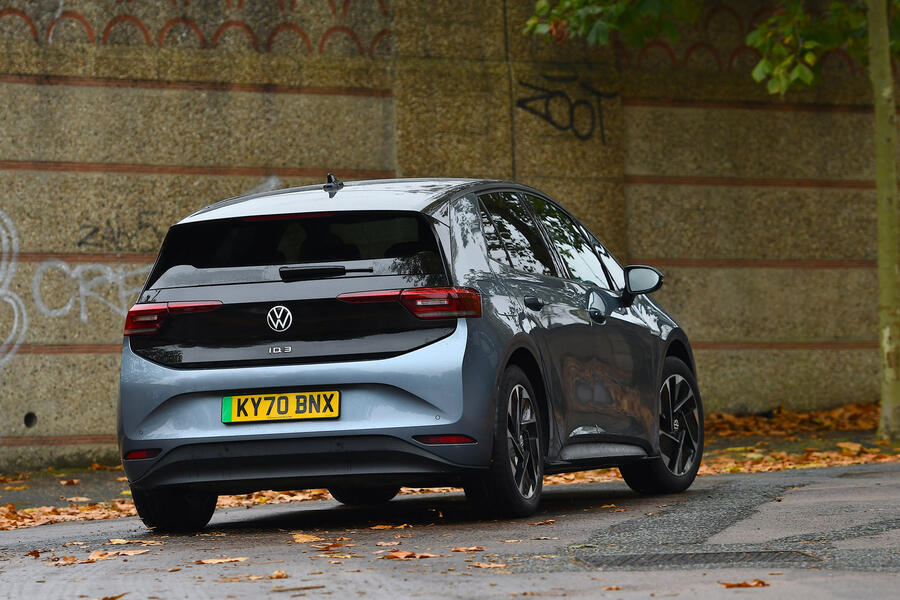
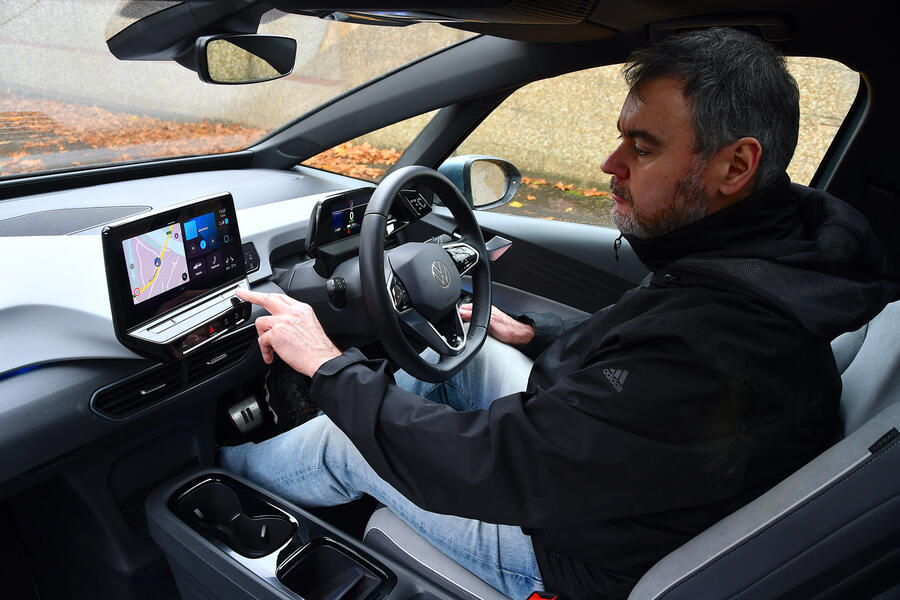
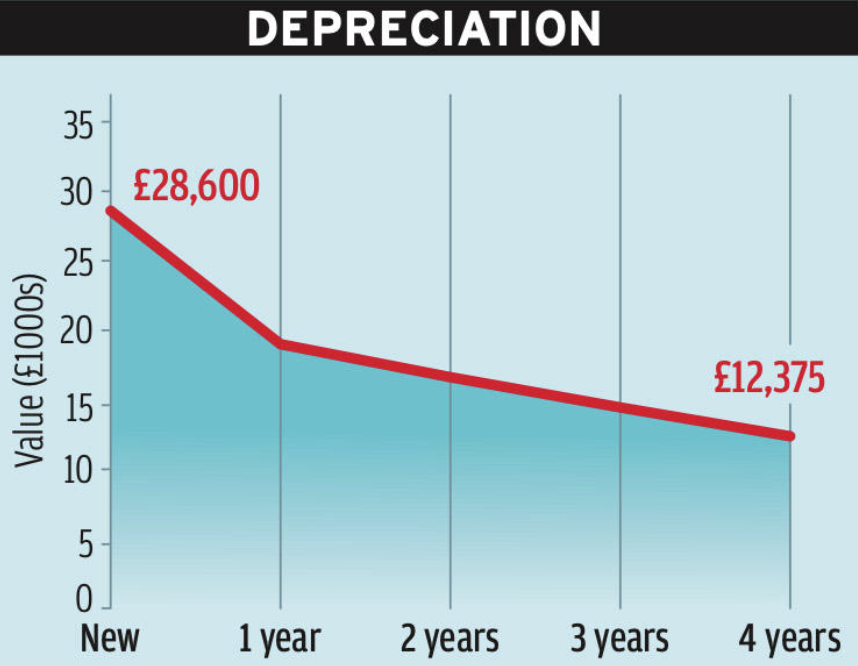
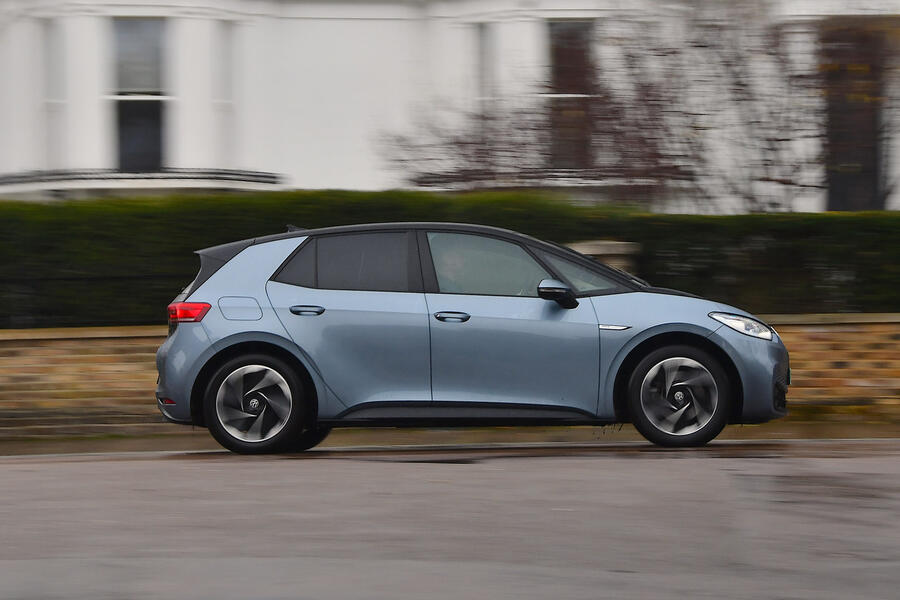

Join the debate
Add your comment
Because of the horrid layout I didn't even get past trying it in the showroom. That is what you will encounter every time you drive it.
The cabin was dreadful and the options for various packs didn't enable me to specify the kit I had on my golf.
That comment about the windscreen wipers means it is even worse than my golf which only smears the top quarter of the passenger side.
True test please. Just how hard can it be to record the mileage and Khw used so as to work out an approx mpg equivalent. It is afterall one of the main strengths of a BEV.
The article is dated 27th Dec but I was under the impression ( perhaps wrongly ) that the EV grant which is now £1500 and only applicable to a list price of £32000 here in the UK. In other words the car tested is now around £2500 more exapnsive.
I believe only the most basic ID3 is eligible for the grant. ( Unless of course VW reduce the list prices ).